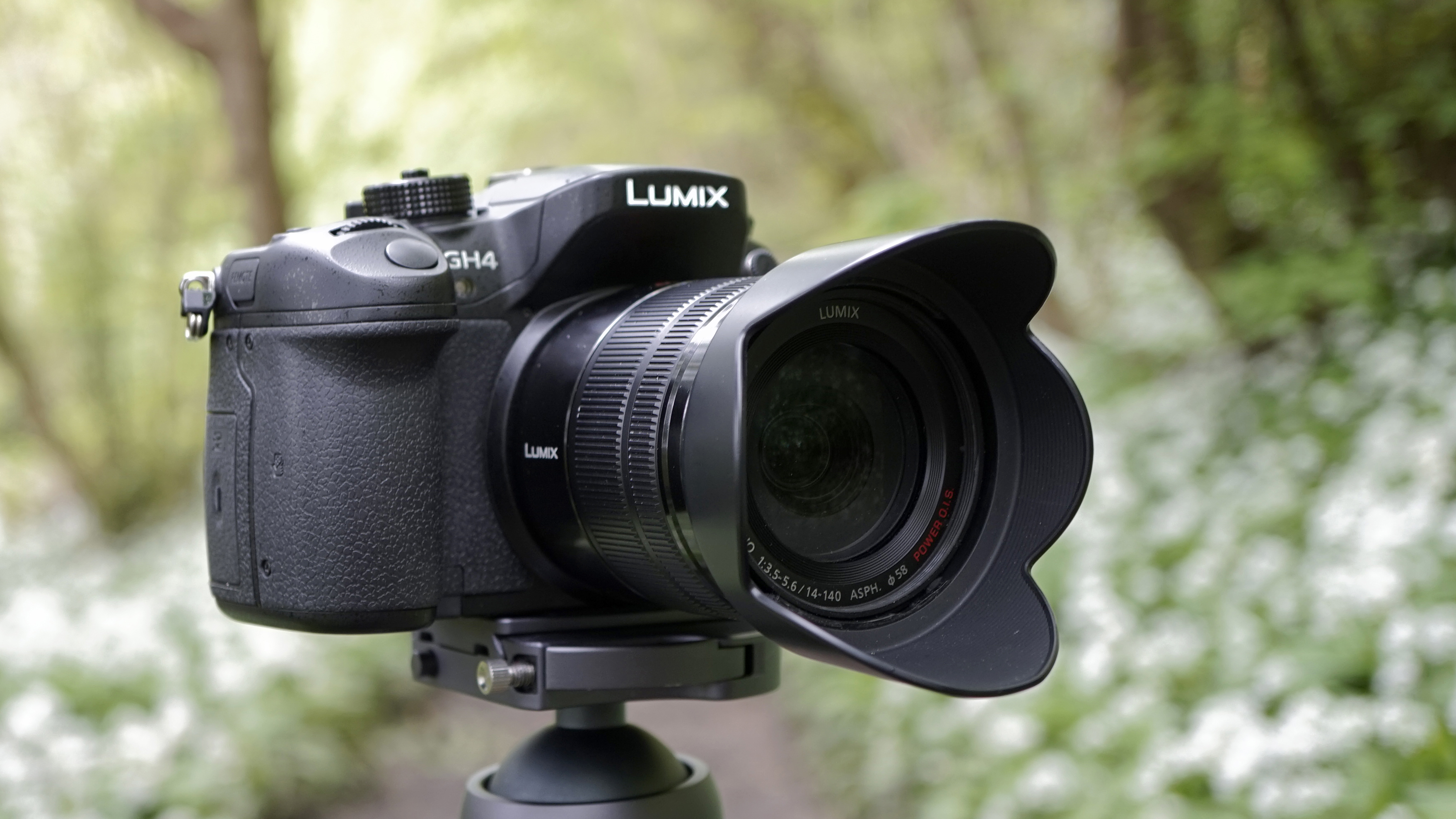TechRadar Verdict
The GH4 has some of our most sought-after features; a high-resolution EVF, a vari-angle screen that's touch-sensitive and Wi-Fi connectivity. It's also weather- and dust-proof and takes great-looking images.
Pros
- +
4k video recording
- +
Focus peaking
- +
Durable build with 200,000-cycle shutter life
Cons
- -
Smaller than APS-C sensor
- -
'Just' 16Mp
Why you can trust TechRadar
The Panasonic GH3 is widely regarded as a great compact system camera for shooting video, but its stills capability has been rather overlooked. Despite the fact that its headline specification is its ability to shoot 4K video, Panasonic is hoping that the GH4 will gain greater respect for its ability as a stills camera.
The company has clearly invested a lot of time and effort in improving on the GH3 for the GH4, and the new range-topping camera has an extensive list of new or enhanced features. However, some may be surprised to learn that the sensor's pixel count has stayed the same, 16.05 million, even though the sensor is completely new.
Features
Panasonic has coupled the new 16.05-million-pixel Digital Live MOS sensor with the Venus Engine IX processor. This is a new processing engine, as the Panasonic GX7 has the Venus Engine VIII and the GH3 has the VII version. According to Panasonic this enables the GH4 to produce the best images quality of any G-series camera.
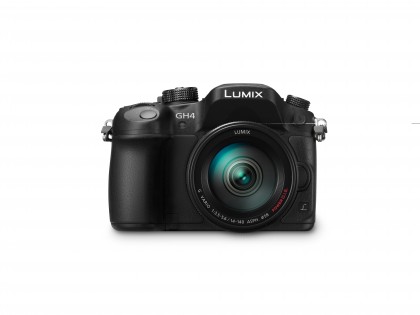
As it has four times as many pixels in every frame than Full HD recording, 4K video is very demanding on processing power. Consequently the Venus Engine IX is a quad-core processor. In addition, the sensor has twice the readout speed of the GH3, reaching 200Mb/s.
According to Panasonic's Michiharu Uematsu, this sensor and processor combination enables the GH4 to produce very slightly better quality images than the GX7, which was previously claimed to produce the best quality images of any G-series camera.
Clearly the company is confident of the GH4's noise control, as sensitivity may be set in the native range of ISO 200-25,600, with ISO 100 as an expansion setting. In comparison the GH3 has a range of ISO200-12800, with ISO125 and ISO 12,800-25,600 being available as expansion settings.
In single-AF mode the GH4 can shoot continuously at up to 12 fps (frames per second) with a UHS-III SD format card installed. This rate drops to 7.5fps in continuous autofocus mode. Panasonic will introduce a UHS-III card when the GH4 comes to market.
One of the challenges for compact system camera manufacturers has been to improve the speed of their autofocusing, because they use the traditionally slower contrast detection system. Panasonic has introduced a new approach for the GH4, which uses its novel DFD (Depth from Defocus) Technology.
This system looks at the contrast of the scene at two different defocused points to help it calculate the correct focus point more quickly. Panasonic claims that this enables the GH4 to achieve a focus time of 0.07 sec whereas the GH3 achieved 0.09 sec.
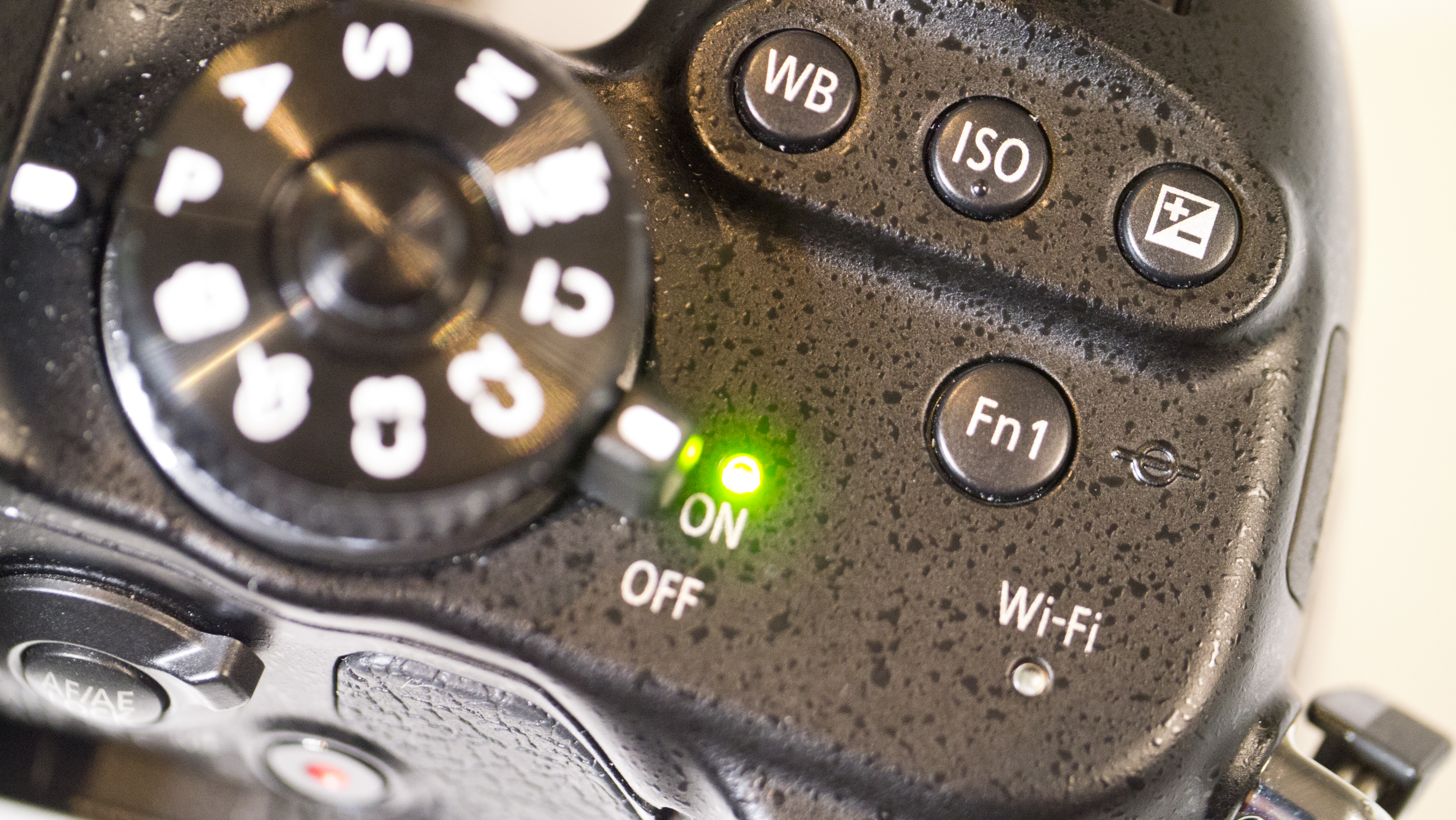
The faster processing engine, quicker sensor read-out and cleaner signal should enable the camera to focus its lens in poorer light, and Uematsu says that the GH4 can focus down to -4EV. Uematsu is also keen to emphasise that all the improvements required to allow 4K recording have a positive knock-on effect for still images.
In addition, the camera has a 49-area AF system (the GH3 has 23 areas) and the selection method may be set to Face/Eye Detection, Tracking, 49-Area, 1-Area, Pinpoint or the new Custom Multi mode. In the latter mode the active AF points can be limited to a row or column of points, or two a group (or two) or pattern defined by the user. The row or column option could be especially useful when panning with a moving subject and wanting to keep one plane sharp.
Focus peaking was high on the list of demands for the GH3, but it never arrived in a firmware update. Happily, the GH4 has focus peaking to help with manual focusing and video recording by highlighting the areas of highest contrast. This is accompanied by the picture-in-picture view first seen with the GX7 to allow the whole scene to be seen while an enlarged view is visible.
In addition, there's also now a Zebra view which indicates bright areas in the scene that are in danger of burning out.
Panasonic has improved both the electronic viewfinder and the three-inch vari-angle screen since the GH3, giving the two devices in the GH4 higher resolutions of 2,359,000-dots and 1,036,000-dots respectively. As before, both are OLED units and the main screen is touch-sensitive.
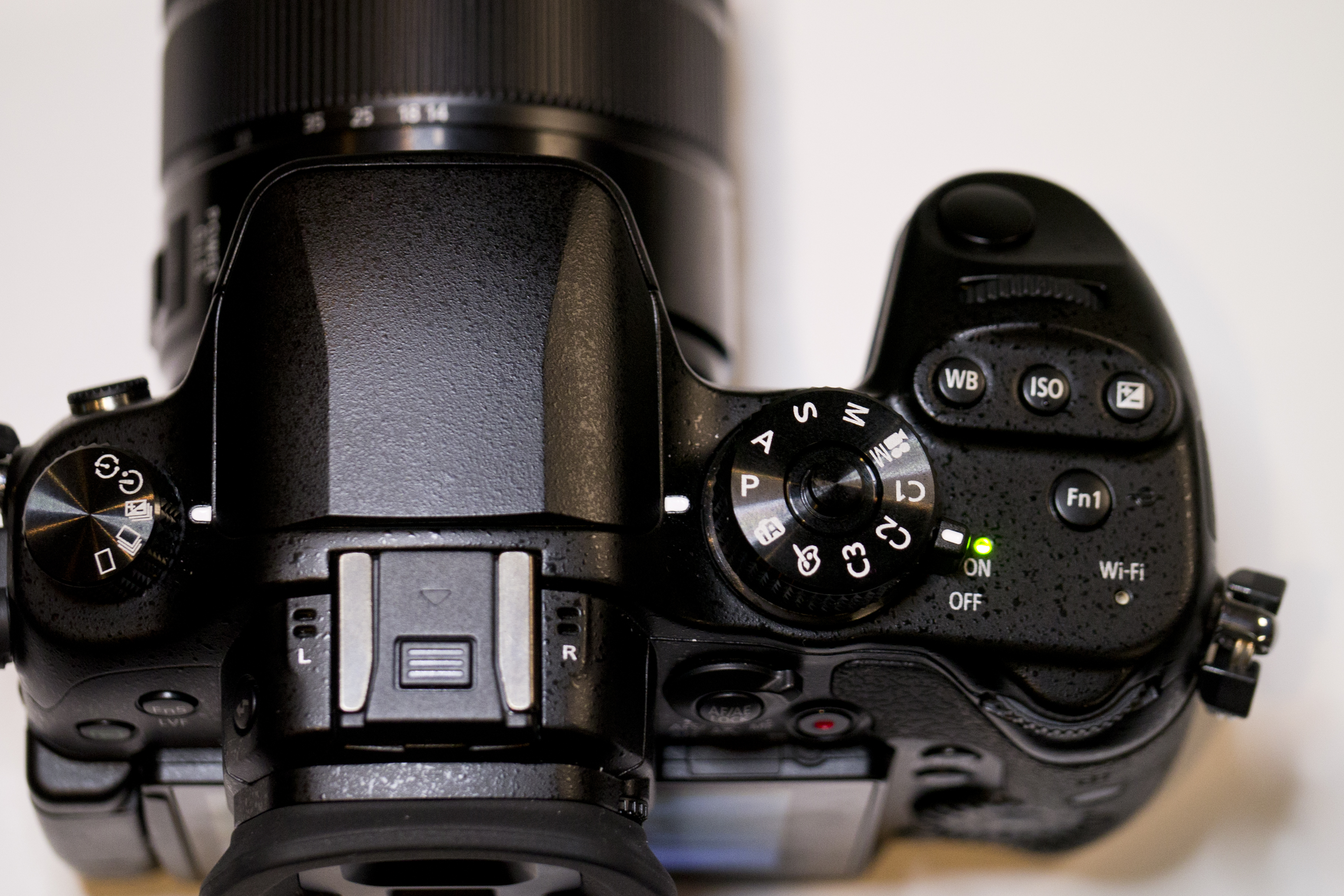
The GH4 is capable of shooting video at a range of resolutions, including Full HD, in addition to 4K, and there are options to shoot in MOV, MP4, AVCHD Progressive (4K can be shot in MOV and MP4) formats at a range of frame rates.
To maintain the best image possible Panasonic crops the GH4's image to create the 4K rectangle. As a result the focal length of the lens effectively lengthens by approximately 17%.
Cropping the image produces better quality footage than using zooming or interpolation technology. Those who want the very best video quality, however, will need to invest in the optional Interface Unit that bolts onto the bottom of the camera. This enables clean, uncompressed 4K footage to be recorded to an external device.
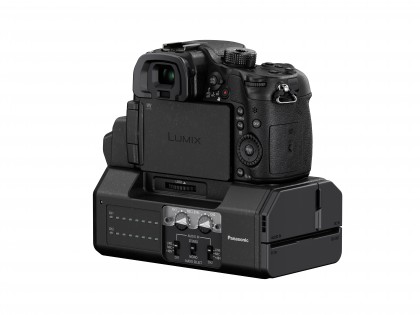
It also has two XLR microphone ports, a phantom power supply for mics and four SD video-out sockets. This unit also adds audio monitoring and control capability, as well as the ability to use an external timecode to synchronise several cameras.
Panasonic will distribute the GH4's Interface Unit through its professional video and channel, as it will appeal to professional videographers who plan to use the GH4 as part of a rig with an external monitor, recording facility and so on.
Like the GH3, the GH4 has Wi-Fi connectivity built in, but this is joined by an NFC chip to enable quick connection to other NFC devices such as Android phones and tablets. As before, the GH4 can be controlled remotely using Panasonic's free smartphone app via a Wi-Fi connection.
As it sits at the top of Panasonic's camera line-up, the GH4 is aimed at experienced photographers and, naturally, it has the usual program, aperture priority, shutter priority and manual exposure modes. However, there's also Panasonic's Intelligent Auto (iA) mode to help less experienced photographers and the Creative Control options that apply digital filter effects (Rough Monochrome and so on) to JPEG images.
As a Micro Four Thirds (MFT) camera, the GH4 is compatible with a wide range of optics from Panasonic and Olympus, as well as a handful from Sigma, Tokina and Voigtlander.
Because the sensor is smaller than full-frame, there's a 2x focal length multiplication factor. As a result, the Panasonic Lumix G X Vario 12-35mm f/2.8 Asph lens, for example, has a focal length range equivalent to a 24-70mm optic on a 35mm camera when shooting stills. Meanwhile the 14-140mm lens, which is available as a kit with the GH4, gives an angle of view similar to a 28-280mm optic.
